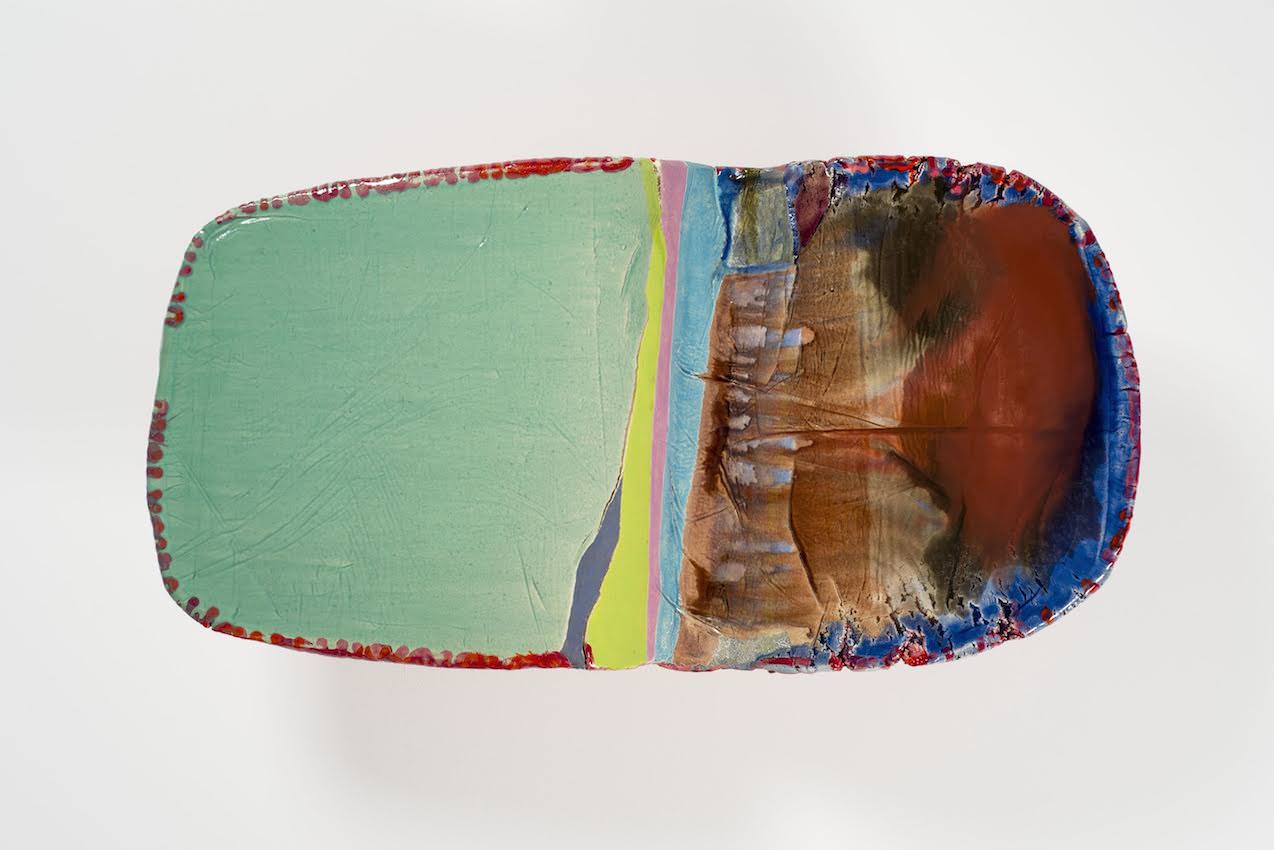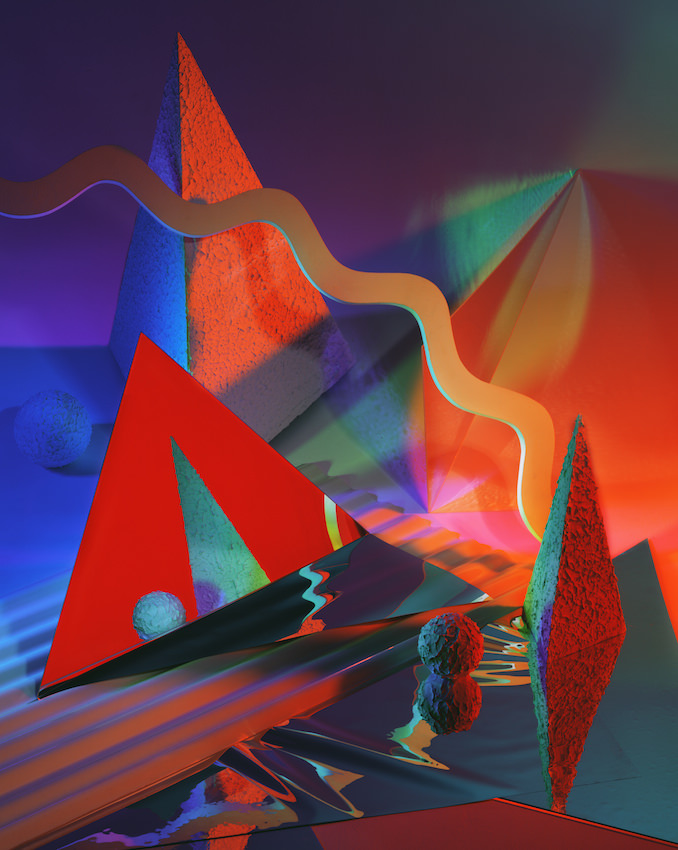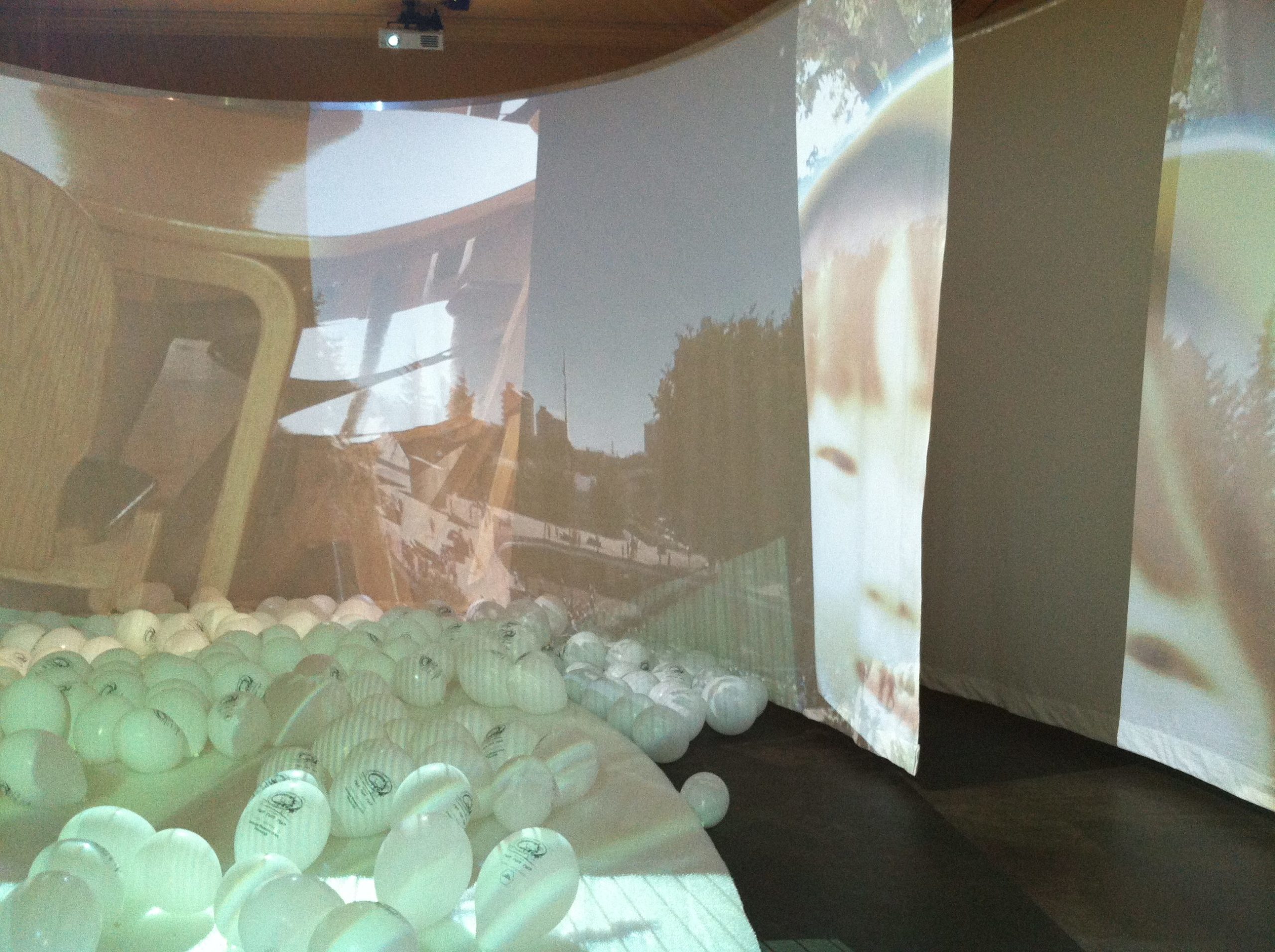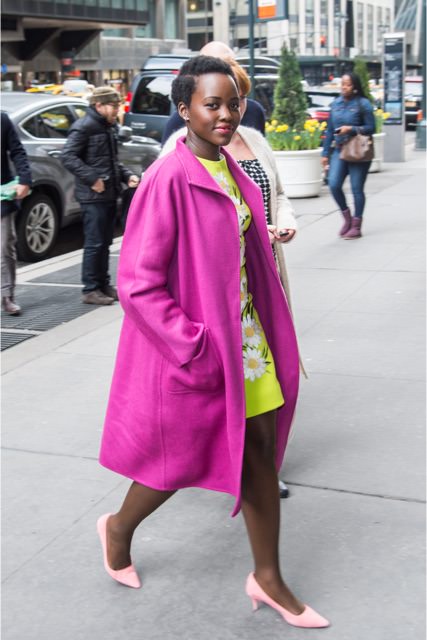Eminent curator Tina Kukielski has held positions at the Whitney Museum of American Art and the Carnegie Museum of Art, where she curated the 2013 Carnegie International and the Hillman photography initiative amongst many projects; she is also the author of Mass Effect: Internet Art in the 21st Century. Earlier this year she was announced to be the new executive director of ART21, filling the space left by its founder, the late Susan Sollins. Whitewall asked Kukielski about the greatly anticipated series’ eighth season: Art in the Twenty-First Century, which will premiere on PBS broadcast and digital platforms this fall with Claire Danes as its new host.
WHITEWALL: How did you come to think of Claire Danes as a suitable host for this new season?

Theaster Gates
TINA KUKIELSKI: We were very pleased when Claire Danes expressed interest in partnering with ART21 to share the stories of today’s most remarkable living artists. Claire is the child of two artists herself so that intimate connection to the artistic process that we dialogue with and story-tell around, this was already a part of her cultural consciousness. As a leader in arts advocacy and arts education, ART21’s mission was also something Claire could naturally get behind, at the same time she very naturally got behind the camera with us.
WW: Why did you decide to have the new season focus on cities rather than artistic themes as before?

Raising Goliath
TK: Despite the fact that today we are constantly connected via our technological devices, it does increasingly matter where you choose to live and work. In response to the widespread impact of our globalized world, we found in our curatorial research a subtle but pressing reemergence of local interests. Interestingly, the subject of “place” was a theme ART21 addressed in its first ever broadcast over 15 years ago, so in some ways we are going back to our roots to uncover what place means and what its significance is now. Part of that story is told vis-à-vis the inspirations we find in artists like Pedro Reyes selling Grasswhoppers on the streets of his native Mexico City or Nick Cave’s collaborative, costumed performances in his hometown of Chicago, or nearby Detroit.
WW: How did you select the cities you would focus on?

2012
TK: We are interested in telling a diverse story of art-making that acknowledges the increasingly decentering of the art world. The thought of going exclusively international was a big step for us however, so we chose to keep things relatively close to home and to focus on the unique blending of cultures currently taking shape in North America. It’s incredible the similarities and differences we see across distinct bodies of work from artists working in the same or different cities. Beyond that, many of the artists we chose are citizen artists in the sense that they are very engaged in the places where they live. This approach allowed us to tell unique stories that at the same time uncovered the issues at stake in Vancouver that can cast a comparison to the ways artists relate to a city of film and arts universities like you find in Los Angeles. Each episode highlights aspects of contemporary life that viewers everywhere experience, and because our reach is global that is an important message for us.
WW: Do you think that art in general could use more TV coverage?
TK: More exposure to contemporary art means better advocacy for those pursuing the necessary but also difficult work of being artists, supporting artists, and bringing forward new ideas, so yes! In his segment, Theater Gates starts by asking the rhetorical question, “can art change culture?” and he responds shortly after, “It does it all the time.” We couldn’t agree more. Our belief is that both the general public and artists benefit from exposure to the creative process. Many artists deal with social and cultural issues at a variety of levels and in many ways the work they do is only made complete when in dialogue with the public. Television can play an important role in bridging that gap.








